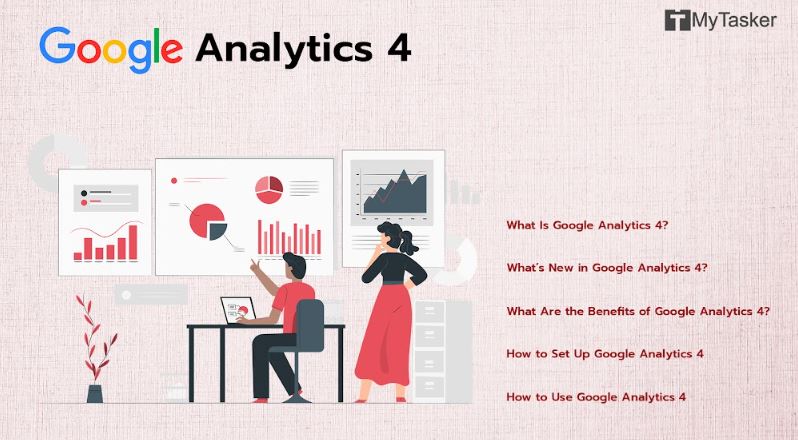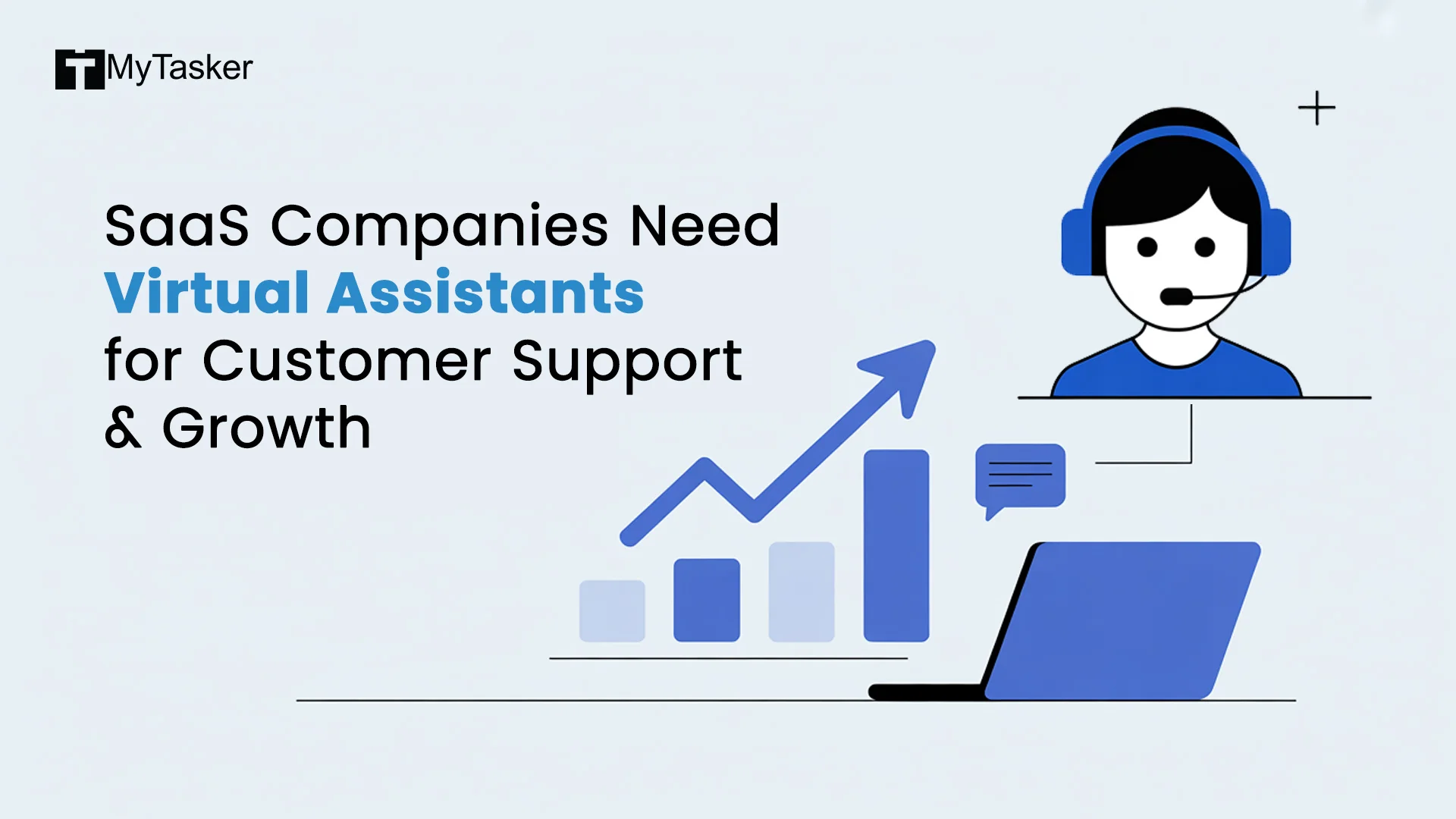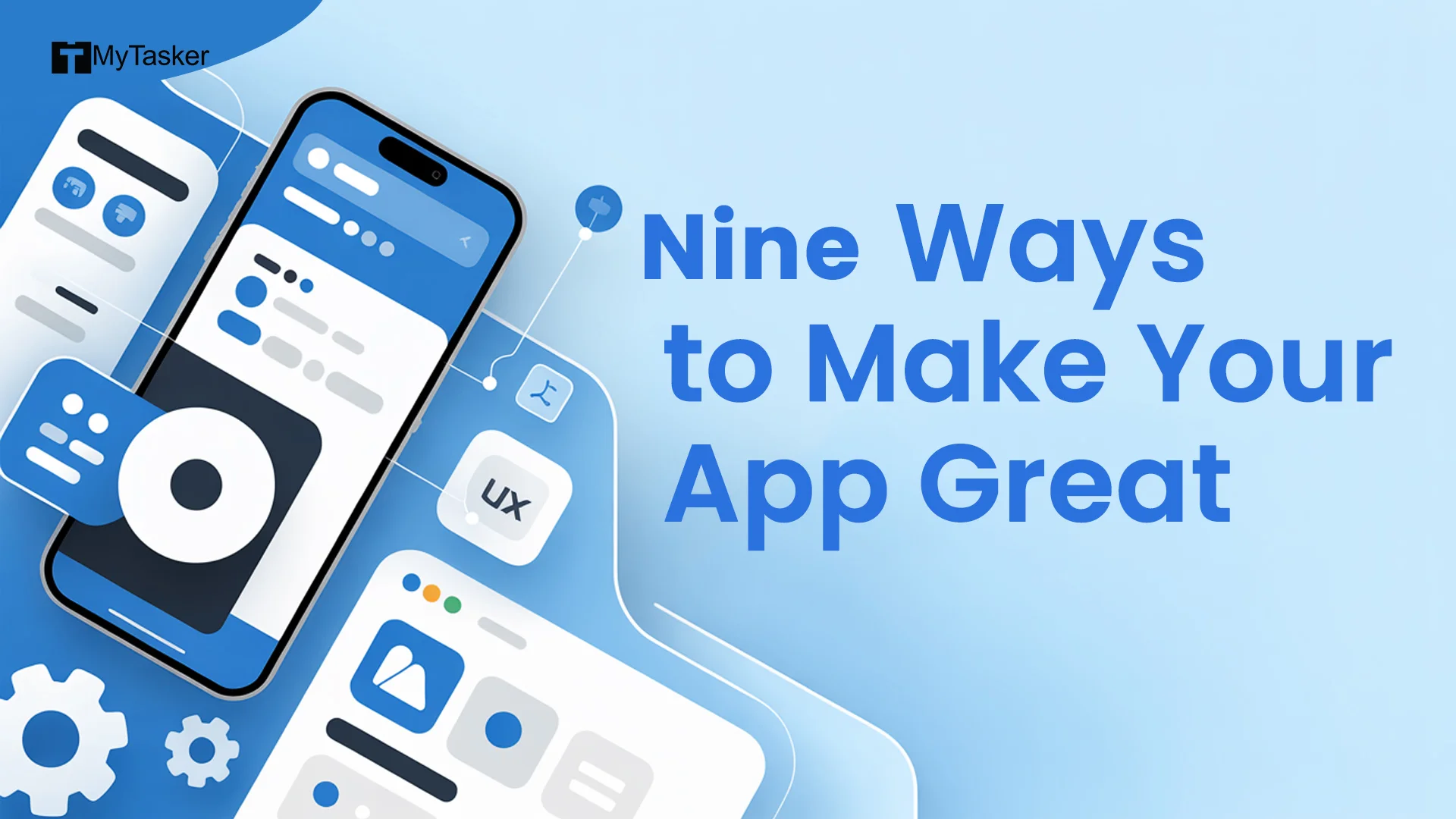Did you know that Google will be bidding adieu to Universal Analytics in July 2023 and Universal Analytics 360 in October 2023? It means that now is the time to switch to GA4, but what is Google Analytics 4?
Google originally launched Google Analytics in November 2005 and went on to release Universal Analytics in 2012. UA introduced custom tracking and custom dimensions, along with cross-platform tracking.
March 2016 saw the launch of Google Analytics 360, including Google Tag Manager, Data Studio, and a bundle of other products. Global Site Tag, a new version of GA, came out in 2017 to simplify the universal tagging system implementation.
In 2018, Google released Google Marketing Platform, consisting of Google Analytics 360 and DoubleClick Digital Marketing. They introduced Google Analytics 4 in October 2020.
This blog post walks you through the new features of GA4, its advantages, how to set it up, and how to use the new platform.
What Is Google Analytics 4?
Google Analytics 4 is the latest and the most advanced version of Google Analytics. It allows marketers to not only track traffic but also analyze crucial customer usage metrics.
The platform leverages AI and machine learning to track the entire buyer’s path across multiple domains. At the same time, it provides detailed and predictive insights into buyers’ interactions with your website.
What’s New in Google Analytics 4?
You can access a GA4 demo property to explore and understand the platform’s features and reports.
-
New Data Controls
Google Analytics 4 allows you to:
- Control how you can collect, retain, and share your data
- Submit a request to Google to delete Analytics data
- Choose if you want to use the data that has been collected for ad personalization
-
User-Centric Measurements
Google Analytics no longer measures data fragmented by platform or device. Instead, GA4 lets you understand how your customers are interacting with your website through user-centric measurements.
It uses marketer-provided user IDs and other identity spaces so that you fully understand the buyer’s journey. So, when a customer buys from your website, you will know the steps the customer took before purchasing.
For instance, the customer might have clicked a Google Ad or a link on YouTube to land on your website and make the purchase. Such granular data can help you make effective decisions and plan your marketing campaigns amidst rapidly-changing customer behavior.
-
Deeper Integration with YouTube and Google Ads
With GA4, you can track conversions from YouTube. You can also integrate GA4 more deeply with Google Ads. Because of that, GA4 lets you use data to build custom audiences.
What Are the Benefits of Google Analytics 4?
There are several differences between Google Analytics 4 and Universal Analytics. GA4 comes with a lot more benefits, including the fact that it lets you report on activities occurring on both your website and your mobile app.
Other advantages include:
-
More Powerful Insights
GA4 properties use Google’s latest machine learning models to leverage smarter insights than before.
Whenever GA4 detects differences or changes in specific data trends, it uses these advanced machine learning algorithms to automatically generate insights.
-
Automated Event Tracking
Before GA4, events were a medium through which you could track actions taking place across your business website.
For instance, you would use event tracking and reports to follow the number of times your customers downloaded a file or clicked a link.
In Universal Analytics, you would have to send data as a predefined type of a “hit”. The custom information you needed to collect would have to match one of the predefined types of hits.
Now, in GA4, events have replaced hits. This means that you can track and collect data for anything you want. With events, you can send website information, actions, and other data to your custom reports.
Plus, you do not need to set up manual event tracking to follow vital metrics such as link clicks or video plays. Rather, Google Analytics 4 allows automatic tracking of these items.
-
More Simplified Data Reports
GA4 offers more powerful and simplified data reports than you could get in Universal Analytics.
These reports come with new features that can send significant data to other GA properties and track metrics such as file downloads, site search, and user scroll depth.
-
Integrated Cross-Domain Tracking
Universal Analytics lets you configure cross-domain tracking. However, you can set it up either within Google Tag Manager, or on the code level, such as in gtag.js.
Since you could set up cross-domain tracking in multiple ways in UA, you could often get confused about where exactly to set it up.
How does cross-platform tracking work, though?
Google Analytics uses first-party cookies to track users. It stores one of these cookies in a user’s browser the moment the user lands on your website.
As they navigate from one web page (Page X) to another (Page Y) on your website, the cookie informs GA that this is the same user from Page X. GA then understands that the views on Page Y are to be bundled in the same user and user session.
However, GA cannot share these first-party cookies among multiple domains. This means that if your website directs a buyer’s journey across more than one domain, GA cannot understand that this would be the same buyer.
Setting up cross-domain tracking is much easier and more advanced in GA4 than in Universal Analytics.
When a visitor navigates from one domain to another, GA4 passes on a special parameter. This parameter informs GA4 that the visitor is passing through multiple domains.
As a result, it lets you precisely record a user’s journey, allowing you to better understand how your customers interact with your website.
How to Set Up Google Analytics 4
Along With an Existing Universal Analytics Property
- Click “Admin” on the lower left side of the Google Analytics screen.
- Select the desired account in the Account column.
- Select your existing Universal Analytics property in the Property column.
- Next, select “GA4 Setup Assistant” in the Property column.
- Click the “Get Started” button on the “I want to create a new Google Analytics 4 property” pop-up box.
- Check the “Enable data collection using your existing tags” box if your website uses the gtag.js tag. If your website uses the analytics.js tag or you use Google Tag Manager, do not check the box. In either of these cases, you need to add the tag yourself.
- Tap “Create property”.
Firebase Account Upgrade
Follow these steps to upgrade your Firebase account to Google Analytics 4:
- Sign in to your Firebase console.
- On the left panel, go to Analytics, then click on Dashboard.
- Click on the “Begin Upgrade” button at the top of the page.
- Complete the upgrade by following the on-screen instructions carefully.
After the upgrade is complete, app analytics will be available in both GA4 and the Firebase console.
How to Use Google Analytics 4
Explore the New Search Bar
The GA4 search bar now gives you instant answers to your specific queries. For example, you can search for something as specific as “trend of conversion from organic last month”, or “compare conversions from organic vs direct channel”.
You can also access specific insights or reports, as well as the help content.
Create a New Event
Keep in mind that you need an editor role in GA4 to do these functions. Follow these steps to create new events in GA4:
- Go to Configure > Events.
- Click on Create Event.
- If you have more than one GA4 property, select the data stream.
- Click Create.
- Name your report.
- Enter the existing event based on which you are creating a new event, such as “download”, in the Matching conditions field.
- Check the Copy parameters from the source event box to use the same parameters as under the existing event. For instance, if you want to have your new event triggered when a download takes place and you already have an existing event for that, check this box.
- If you want to make any changes to the new event, such as tracking when a user downloads and then goes to another page or takes another action, add it here.
Create a New Report
- Go to Library on the left navigation bar.
- Click Create a new report in the Reports table.
- Tap Create an Overview Report.
- Provide the data source and follow the on-screen instructions for creating the report.
Check Suggested Audiences
If you want to break into new markets or expand your customer base, GA4’s suggestions for new audiences can come in handy.
Essentially, while creating a GA4 property, you need to tell Google your industry category and other details about your business. From that information, Google generates new audiences for which your business may be a good fit.
To see Suggested Audiences, go to Library > Audiences > Build new audience.
Suppose you have an ecommerce website. GA4 may suggest adding the following audience groups:
- Registered users: Customers who have registered on your website.
- Item searchers: Users who have searched for a product.
- Item viewers: Users who have viewed a certain product.
- Cart abandoners: Users who have added products to their cart but have not moved to the checkout stage.
- Checkout starters: Users who have started to checkout but have not purchased.
Conclusion: Google Analytics 4 Integration
So, what is Google Analytics 4? It is an analytics tool that can help you better understand how users are behaving on your website.
With better analytics insights from GA4, you can make better marketing decisions. This is why GA4 has the potential to be one of your most powerful marketing weapons.
However, there is a steep learning curve with the tool. And you may not have adequate time to learn the ins and outs of GA4 while focusing on building your business.
Nevertheless, to make the most out of its enhanced insights and flexibility, contact the Digital Marketing Experts at MyTasker. With their in-depth knowledge of GA4, they can help you uphold customer privacy while predicting customer behavior, leading to your business’s growth in the long-run.















